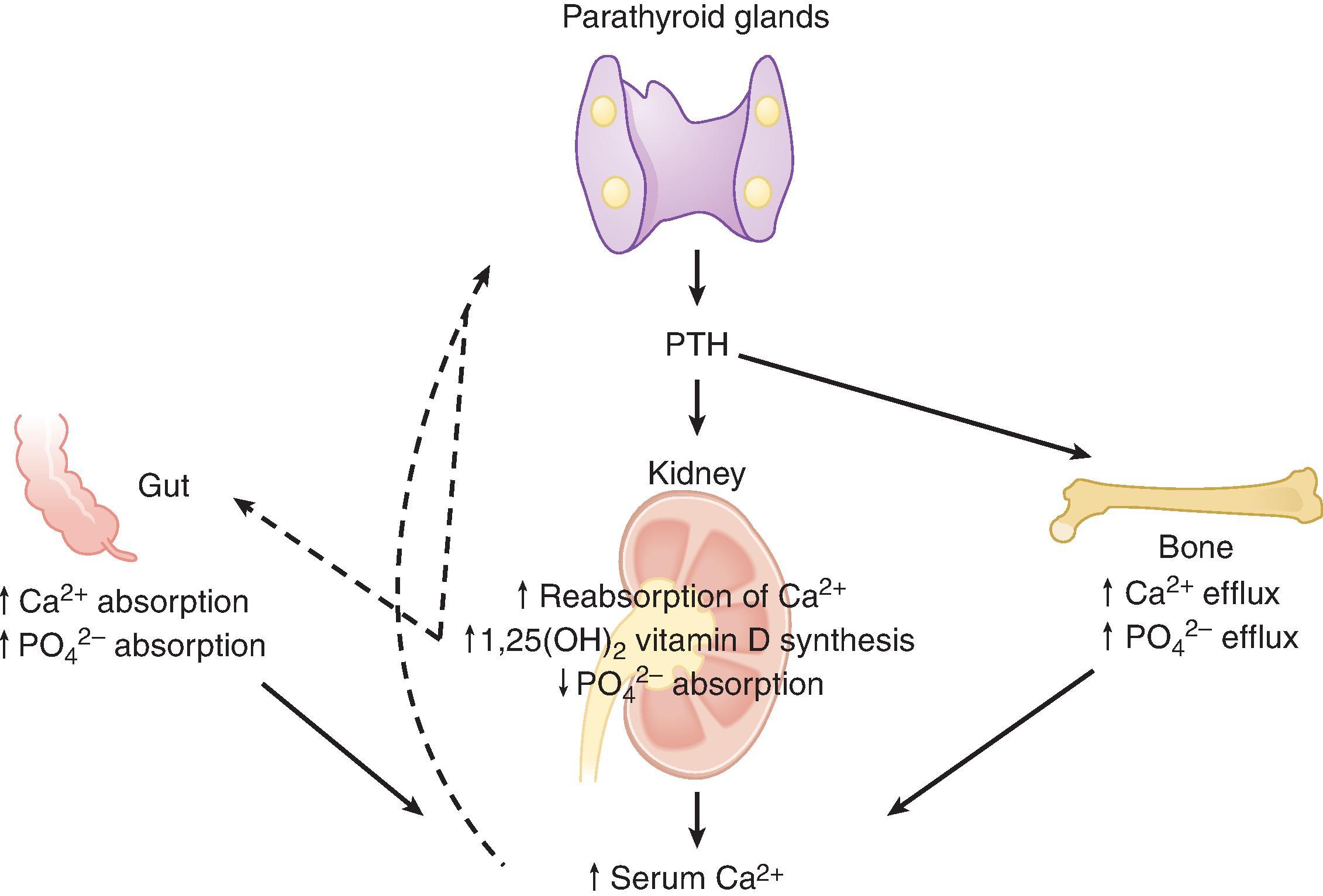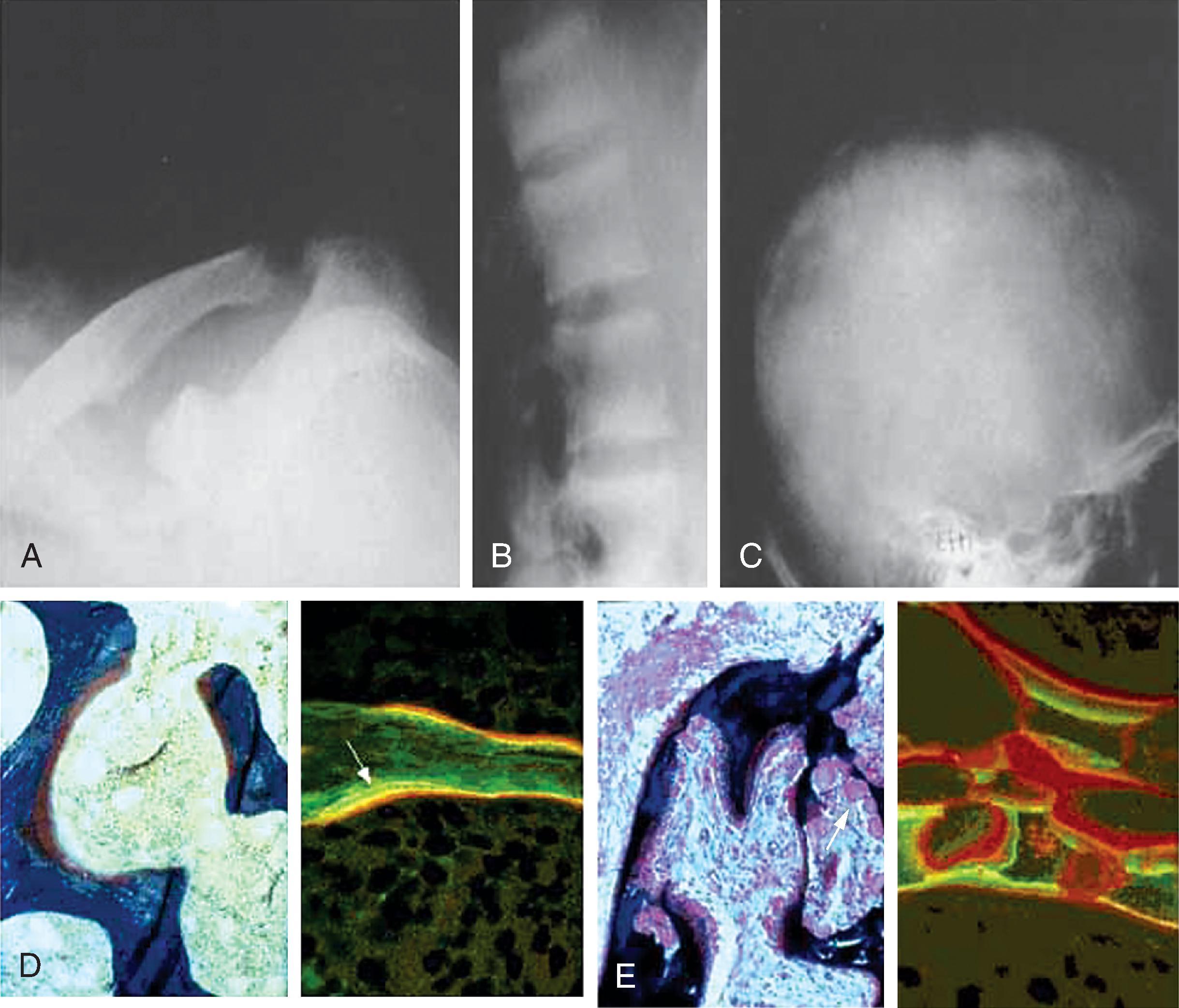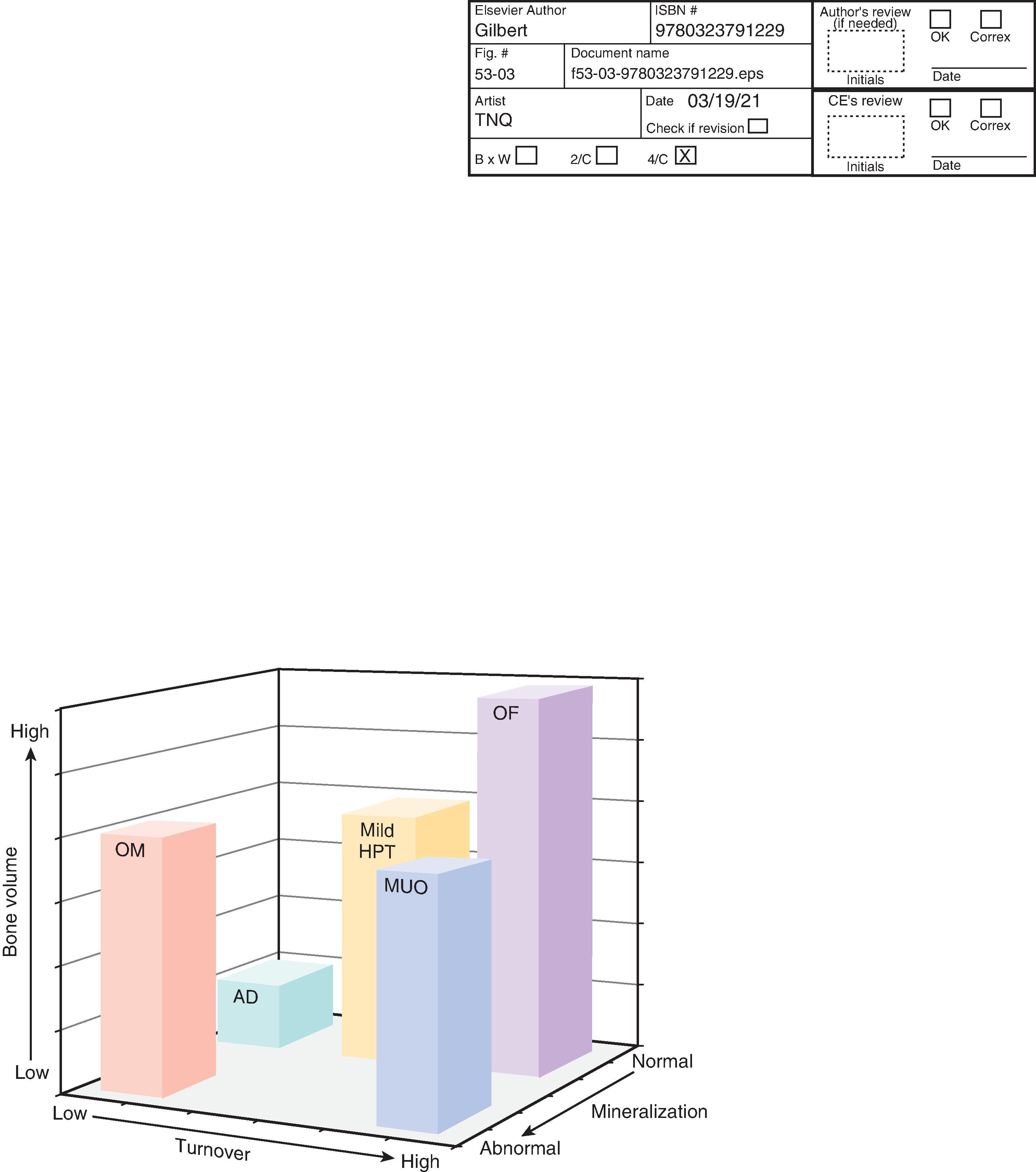Physical Address
304 North Cardinal St.
Dorchester Center, MA 02124
Chronic kidney disease (CKD) alters the regulation of calcium, phosphate, and vitamin D homeostasis, leading to secondary hyperparathyroidism, elevations in serum fibroblast growth factor 23 (FGF23), metabolic bone disease, soft tissue calcifications, and other metabolic derangements that have a significant impact on morbidity and mortality. Mineral and bone disorders (MBD) are important targets of therapy in CKD. Earlier interventions and stringent management guidelines to control serum parathyroid hormone (PTH), calcium, and phosphorus concentrations have been proposed by several international foundations and initiatives, including the Kidney Disease: Improving Global Outcomes (KDIGO). Overall, there is lack of consensus regarding the best approach to treat abnormalities in mineral metabolism effectively and safely and to prevent the complications associated with these abnormalities.
Both active vitamin D (analogues) and calcimimetic drugs that target the calcium-sensing receptor (CaSR) in the parathyroid gland are available to suppress PTH, although the specific roles for each remain unspecified. There is similar lack of consensus on other issues, such as the clinical significance of low circulating 25(OH)D levels in people with advanced CKD (which represents vitamin D deficiency in those without CKD); the optimal agent, dose, and route of active vitamin D (analogue) to treat secondary hyperparathyroidism; and the relative role of calcium- and noncalcium-based binders to control serum phosphate. Most recommendations are graded as level 2 (weak), reflecting an important degree of remaining uncertainty.
The importance of vitamin D pathways in regulating innate immunity and cardiovascular function, in addition to its more traditional role in regulating mineral metabolism, is increasingly recognized. However, although low vitamin D levels are associated with increased risk of CVD, infection, and mortality, there are only limited data that nutritional vitamin D supplementation (with cholecalciferol or ergocalciferol) improves clinical outcomes, with recent, large, intervention studies using cholecalciferol in the general population adding further doubts. In addition, treatment with active vitamin D or its analogues does not appear to improve the severity of left ventricular hypertrophy (LVH) in CKD. Another word of caution against indiscriminate use of vitamin D supplements is that this treatment may exacerbate hyperphosphatemia, hypercalcemia, and hyperphosphatinonism (high FGF23).
Finally, emerging knowledge about the endocrine functions of bone (and specifically the role of the phosphaturic- and vitamin D-regulating hormone FGF23 in LVH, cardiovascular mortality, and glomerular filtration rate [GFR] loss) has led to a reexamination of the pathogenesis and treatment of disordered mineral metabolism in CKD.
The pathogenesis of secondary hyperparathyroidism is complex and involves many closely intertwined factors. The major metabolic abnormalities leading to the increase in PTH are diminished production of 1,25-(OH) 2 D 3 (calcitriol, the activated form of vitamin D), decreased serum calcium, and increased serum phosphorus. In normal subjects, PTH is responsible for maintaining the serum calcium concentration within a narrow range through direct actions on the distal tubule of the kidney to increase calcium resorption and actions on bone to increase calcium and phosphate efflux ( Fig. 53.1 ). In addition, some PTH effects are mediated by its role in the production of calcitriol by the kidney via stimulation of Cyp27b1, the enzyme that converts inactive 25 hydroxyvitamin D to active 1,25(OH) 2 D. The net effects of PTH’s bone and kidney actions are to create the positive calcium balance that is necessary to maintain calcium homeostasis. To prevent a concomitant positive phosphate balance due to the skeletal effects of PTH and the gastrointestinal actions of calcitriol, PTH acts secondarily to increase urinary phosphorus excretion, mostly by decreasing activity of the sodium phosphate cotransporter in the proximal renal tubule.

Parathyroid disease in CKD is a progressive disorder characterized by both increased PTH secretion and expansion of the number of the PTH-secreting chief cells (hyperplasia). Elevations in serum PTH levels may first become evident when the GFR falls below 60 mL/min/1.73 m 2 . This occurs before hyperphosphatemia, reduction in calcitriol levels, or hypocalcemia is detectable by routine laboratory measurements. This delay in detectable serum chemistry abnormalities is presumably caused by the actions of increased PTH to restore homeostasis. PTH levels increase progressively as kidney function declines, such that all untreated subjects reaching CKD stage G5 (GFR <15 mL/min/1.73 m 2 or dialysis) would be expected to have elevated PTH levels.
The initial event leading to an incremental rise in PTH has traditionally been attributed to primary reductions in 1,25(OH) 2 D levels caused by decreased production by the diseased kidney. More recent data implicate an early role of elevated FGF23 in the genesis of secondary hyperparathyroidism in CKD. In this scenario, increments in FGF23 reduce 1,25(OH) 2 D production by suppressing Cyp27b1 activity in the proximal tubule and possibly enhance 1,25(OH) 2 D catabolism through increased Cyp24 activity. Cross-sectional studies in humans and serial studies of animal models with CKD suggest that increments in serum FGF23 precede elevations of PTH and correlate with reductions in circulating 1,25(OH) 2 D concentrations. This sequence of events, however, is questioned by recent epidemiologic data. Given the multiple, complex, and often reciprocal interactions between the various players (calcium, phosphorus, FGF23, 1,25[OH] 2 D), the exact role of each moiety in the pathogenesis of secondary hyperparathyroidism is hard to define. Elevated PTH levels help to maintain normocalcemia and normophosphatemia but are also required to overcome PTH resistance. At a certain stage in the course of CKD, elevated PTH levels may turn maladaptive and cause overall harm.
FGF23, a key regulator of phosphate and vitamin D homeostasis, is perhaps the initial adaptive response in CKD and may also play a role in cardiovascular complications as well as progression of kidney disease. Gene transcription of FGF23 in mouse models is regulated both by systemic factors, such as hyperphosphatemia and elevated 1,25-(OH) 2 D 3 levels, and by local bone-derived factors. FGF23 knockout mice are hyperphosphatemic and display soft tissue and vascular calcifications, growth retardation, and bone mineralization abnormalities. FGF23 is expressed mainly in osteocytes in bone and, to a much lesser extent, in the bone marrow, the ventrolateral thalamic nucleus, the thymus, and lymph nodes. FGF23 promotes phosphate excretion by inhibition of sodium-dependent phosphate resorption. It also suppresses kidney and extrarenal calcitriol synthesis. FGF23 may also act in the heart through “off-target effects” to activate FGF receptors (FGFR) in the absence of its coreceptor α-Klotho, or on the kidney through “on-target” effects on FGFR:α-Klotho complexes to regulate genes, such as the suppression of angiotensin-converting enzyme 2 (ACE2). In addition, FGF23 may qualify both as a risk marker and mediator of (cardiovascular) disease. FGF23 production may be lowered by phosphate binders and/or dietary therapy. Whether FGF23 suppression translates to improved intermediate and hard outcomes remains to be proven.
Unless adequately treated, secondary hyperparathyroidism progresses inexorably, with the need for parathyroidectomy proportional to the number of years on dialysis. The difficulty in treating hyperparathyroidism in CKD partly reflects the massive hyperplasia and possibly adenomatous transformation of the parathyroid gland that occurs because of the chronic stimulation of PTH production. Enlarged, hyperplastic parathyroid glands retain some responsiveness to calcium-mediated PTH suppression in secondary hyperparathyroidism. Because this responsiveness is lost with reductions in extracellular CaSR and vitamin D receptor (VDR) expression, as well as autonomous adenomatous transformation of the parathyroid gland, hypercalcemia develops in some patients. This is referred to as tertiary hyperparathyroidism .
Three molecular targets have been identified that regulate parathyroid gland function, including the G protein–coupled CaSR, the VDR, and the FGF23 receptor, which is constituted by the FGFR:α-Klotho complex. Calcium, acting through the CaSR, is the major regulator of PTH transcription, secretion, and parathyroid gland hyperplasia. Recent evidence shows that phosphate concentration within the pathophysiologic range for CKD may inhibit CaSR activity via noncompetitive antagonisms. The CaSR, thus, may represent the long-sought phosphate sensor in the parathyroid gland. Calcitriol, which acts on the VDR in the parathyroid gland to suppress PTH transcription but not PTH secretion, has overlapping functions with the CaSR. It appears, however, that the physiologic role of the VDR in regulating parathyroid gland function may be subordinate to that of calcium. In this regard, secondary hyperparathyroidism and bone abnormalities in VDR-deficient mice can be corrected by normalizing the serum calcium concentration. Finally, FGF23 has recently been shown to target the parathyroid gland via FGFR:α-Klotho complexes and to suppress PTH secretion. The actions of FGF23 on the parathyroid gland remain to be further elucidated, because most states of FGF23 excess are associated with elevations of PTH, and stimulation of FGFR pathways would be expected to lead to cell hyperplasia.
Bone is a dynamic tissue that undergoes repetitive cycles of removal and replacement. Osteoclasts, under the influence of paracrine and systemic factors, resorb bone, whereas osteoblasts fill in the resorptive cavities with new extracellular matrix that undergoes mineralization. This process is also regulated by physiochemical properties as well as proteins that either inhibit or promote the mineralization process. A subset of osteoblasts become embedded in the bone matrix to form an interconnected network of cells (osteocytes) that also respond to systemic and local stimuli to secrete factors regulating the bone-remodeling process. During growth, new trabecular bone is added to the long bones beneath the growth plate, and factors that affect bone remodeling can also affect growth plate morphology, leading to rickets. In adults, bone disease can manifest as too little (osteopenia) or too much (osteosclerosis) bone, high or low states of bone turnover, and impaired mineralization.
PTH through PTH receptors, 1,25(OH) 2 D through VDRs, and calcium and phosphate through effects on mineralization of bone extracellular matrix can all affect bone health. Osteoblast-mediated bone formation entails generation of a collagen matrix that undergoes mineralization controlled by a complex interplay among factors promoting and inhibiting mineralization. Bone formation is coupled to osteoclast-mediated bone resorption through osteoblastic paracrine pathways involving the secretion of a receptor activator of nuclear factor-κB ligand (RANKL), which stimulates osteoclast formation, function, and survival. Osteoblasts also secrete osteoprotegerin (OPG), which bind to RANKL to inhibit bone resorption. Denosumab, a monoclonal antibody that binds to RANKL and mimics the effects of OPG, is used to treat osteoporosis. Osteocytes also regulate bone formation through the production and secretion of sclerostin (SOST), an inhibitor of osteoanabolic Wnt signaling pathways.
The circulating level of PTH is the primary determinant of bone turnover in CKD and is a major determinant of bone disease type. PTH receptors are present in both osteoblasts and osteocytes. PTH suppresses SOST expression and stimulates cyclic adenosine monophosphate (cAMP) as well as other pathways leading to increased osteoblast-mediated bone formation. Long-term exposure to high circulating concentrations of PTH leads to increased bone resorption. In contrast, more short-term, intermittent exposure to PTH can result in increased bone formation in excess of bone resorption. Intermittent PTH administration is the basis for use of teriparatide to treat osteoporosis. In addition, 1,25(OH) 2 D, at least in experimental settings, promotes mineralization and stimulates bone resorption, especially when gastrointestinal calcium supply is limited. The specific types of histologic changes may also depend on patient age, the duration and cause of kidney failure, the type of dialysis therapy used, the presence of acidosis, gonadal status, accumulation of metals such as aluminum, and other conditions affecting mineralization of the extracellular matrix.
Bone disease associated with CKD ( Fig. 53.2 ) has traditionally been classified histologically according to the degrees of abnormal bone turnover and impaired mineralization of the extracellular matrix, although the current classification of bone histology adopted by KDIGO focuses on turnover, mineralization, and volume (TMV) ( Fig. 53.3 ). These histologic changes in bone have been best studied in patients undergoing dialysis. Traditional categories are as follows:
Secondary hyperparathyroidism (high-turnover bone disease or osteitis fibrosa).
Osteomalacia (defective mineralization).
Mixed uremic bone disease (a mixture of high-turnover bone disease and osteomalacia).
Adynamic bone disease (decreased rates of bone formation without a mineralization defect).


The 2009 KDIGO MBD guideline initiative recommended the TMV classification. Especially if specific therapies that target each of these characteristics are developed, this classification could prove useful; however, treatments are, at present, directed toward maintaining serum PTH levels in a range that (1) prevents high-turnover osteitis fibrosa and increased cortical porosity on one end of the spectrum and (2) avoids low-turnover (adynamic) bone at the other end.
High-turnover bone disease caused by excess PTH is characterized by greater number and size of osteoclasts and an increase in the number of resorption lacunae with scalloped trabeculae, as well as abnormally high numbers of osteoblasts. There is an increased amount of osteoid (unmineralized bone), which may have a woven appearance that reflects a disordered collagen arrangement under conditions of rapid matrix deposition. The excess in osteoid surfaces that accompanies increased bone turnover has been described as mixed uremic bone disease , but it may reflect a normal response to increased turnover rather than superimposed defective mineralization. Peritrabecular fibrosis (and even marrow fibrosis), reflecting PTH stimulation of osteoblastic precursors, is observed in severe disease.
Osteomalacia is characterized by prolongation of the mineralization lag time as well as by increased thickness, surface area, and volume of osteoid. Osteomalacia was formerly linked to aluminum toxicity from both contamination of water in dialysates and the use of aluminum-based phosphate binders. Other causes of osteomalacia that may be present in CKD patients include 25-hydroxyvitamin D deficiency (secondary to poor dietary vitamin D and calcium intake, lack of exposure to sunlight because of poor mobility and extended hospitalizations, and urinary losses of vitamin D-binding protein, that is, the major carrier protein for 25-hydroxyvitamin D), metabolic acidosis (which inhibits both osteoblasts and osteoclasts), and hypophosphatemia (e.g., in Fanconi syndrome).
Adynamic bone disease is a low-turnover bone state that has received increased attention. According to recent bone biopsy data, as many as 40% of patients on hemodialysis and 50% of patients on peritoneal dialysis have adynamic bone disease. In this disorder, the amount of osteoid thickness is normal or reduced, and there is no mineralization defect. The main findings are decreased numbers of osteoclasts and osteoblasts and very low rates of bone formation as measured by tetracycline labeling. It is thought that adynamic bone disease in CKD represents a state of relative hypoparathyroidism. Adynamic bone disease is associated with poor outcomes, including increased risk of mortality and progression of vascular calcification. It remains controversial whether the low-turnover bone state per se or the conditions causing suppression of bone turnover account for the association with poor outcomes. These conditions include inflammation, oxidative stress, malnutrition, and diabetes, among others. Pharmacologic therapies that reduce bone turnover, such as calcimimetic and antiresorptive agents, are not associated with increased mortality risk and accelerated vascular calcification, and, contrary to the abovementioned conditions, often result in a positive bone balance, at least transiently.
Based on limited bone histologic data, approximately 40% of Black and 20% of White subjects with end-stage kidney disease have high turnover disease, with the remainder having normal or low bone turnover in spite of elevated circulating PTH levels. Adynamic bone disease may not be a naturally occurring separate disease, but a consequence of overtreatment of hyperparathyroidism with calcium, calcitriol, and/or calcimimetics. CKD is a state of PTH hyporesponsiveness, most probably caused by downregulation of the PTH receptor and competing downstream signals.
Most patients with CKD and mildly elevated circulating levels of PTH are asymptomatic. When clinical features of bone disease are present, they can be classified into musculoskeletal and extraskeletal manifestations.
Become a Clinical Tree membership for Full access and enjoy Unlimited articles
If you are a member. Log in here